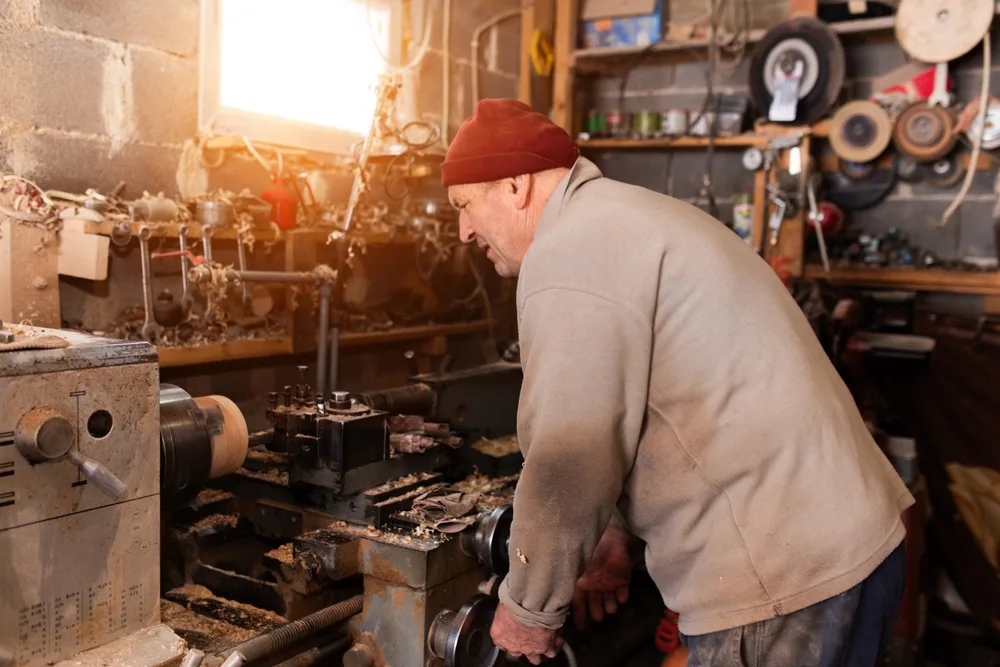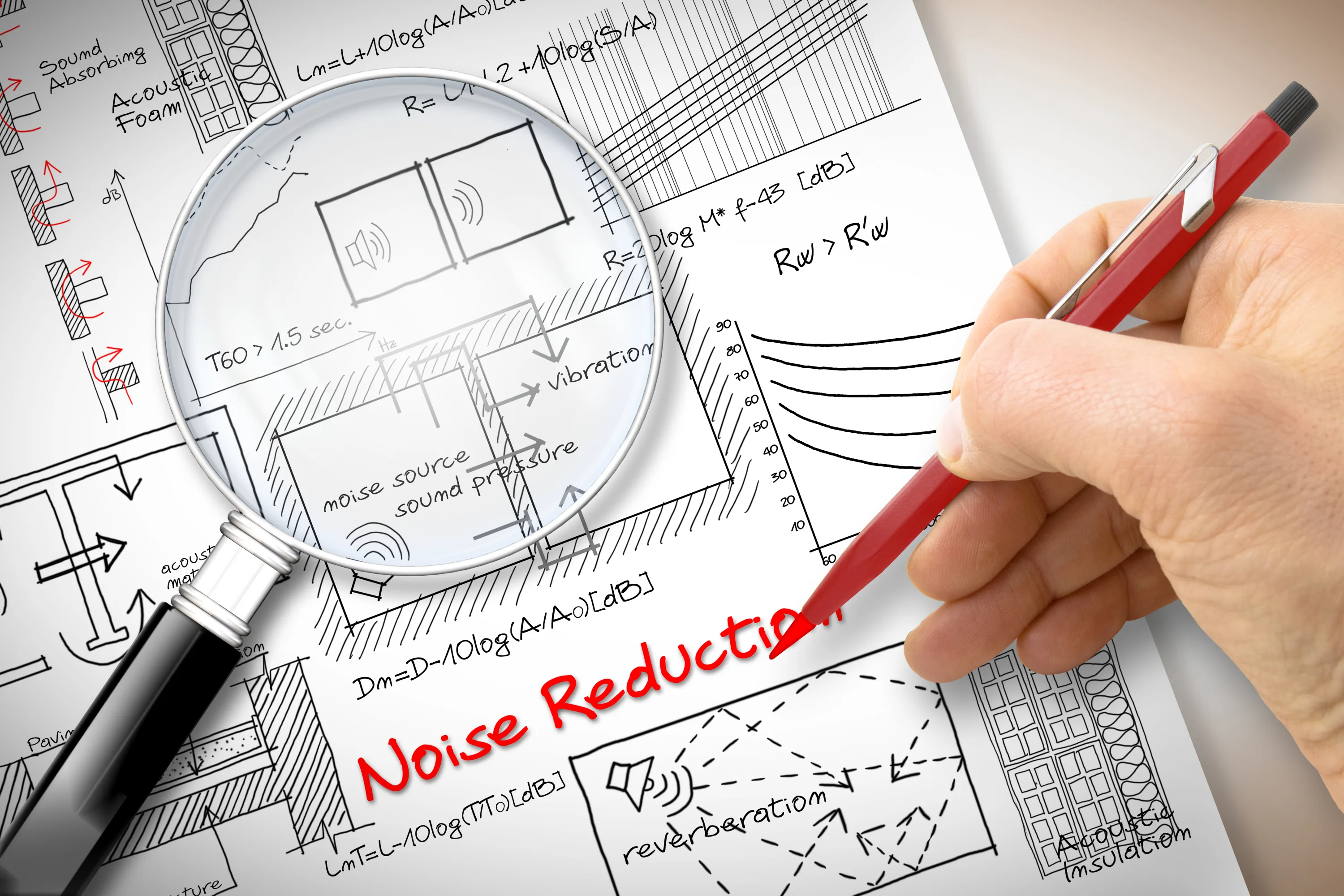
Becoming a homeowner might make you feel that the biggest challenge is over. After all, once you’ve locked in a mortgage, shouldn’t that be the main monthly cost? Not quite. While your mortgage might be the most obvious line item, it’s far from the only one. Many homeowners—especially first-timers—find themselves caught off guard by expenses they didn’t see coming.
But here’s the good news: with a little awareness and planning, you can avoid most financial surprises. Let’s walk through eight hidden costs of homeownership and how you can get ahead of them.
1. Property Taxes Can Climb Unexpectedly
Property taxes aren’t just a once-a-year nuisance. They’re a bill that can change over time. If your home increases in value (or if your county reassesses its property tax rates), you may see your tax bill rise. And if your mortgage includes an escrow account, these increases can quietly raise your monthly payment without much warning.
Here’s a look at some of the common causes of property tax increases:
- Local school or road improvements
- Neighborhood development or rising home values
- Renovations or additions to your home
- Shifts in local or county government budgets
To stay ahead of rising property taxes, look at past tax records for your area and find out how often your state reassesses property values. Some homeowners also appeal their assessments if they believe the valuation is too high.
2. Homeowner’s Insurance Isn’t One-Size-Fits-All
A basic homeowner’s policy covers a lot, but not everything. Depending on where you live, you may need additional coverage for risks such as floods, earthquakes, or wildfires. And if your area becomes more prone to severe weather, you could see your premiums go up.
Optional add-ons you might need include:
- Flood insurance (not typically included in standard policies)
- Sewer or sump pump backup protection
- Replacement cost coverage vs. actual cash value
- Umbrella insurance for higher liability protection
Review your policy annually and discuss regional risks with your insurance agent. The cheapest option isn’t always the best, so ensure you’re covered for the issues most likely to affect your home.
3. Utility Bills Might Shock You
If you’re coming from an apartment or a smaller rental, get ready: utility costs can be a big jump. Heating, cooling, and powering a larger space, especially if it’s older or not energy efficient, can easily double or triple what you’re used to paying.
Before you buy, try to get a copy of the seller’s utility bills for the past 12 months. This can give you a clearer picture of what to expect each season, including electricity, water, gas, and trash pickup.
Energy-efficient upgrades, such as LED lighting, improved insulation, or a smart thermostat, can help reduce costs in the long run. Even small changes can lead to noticeable monthly savings.
4. Lawn Care and Landscaping Add Up
Having a yard can be a dream come true, but it’s also time-consuming and a financial commitment. Whether you hire help or do it yourself, the costs can quickly add up.
Potential recurring yard costs include:
- Lawn care tools and equipment
- Fertilizer, mulch, and plants
- Water for irrigation
- Tree trimming or removal
- Snow removal if you live in a colder climate
If you’re moving to a region with high water bills or strict HOA landscaping rules, consider low-maintenance landscaping or drought-resistant plants to reduce your upkeep costs.
5. Routine Maintenance Can Be Never-Ending
Owning a home means you’re responsible for everything. From gutters and HVAC filters to squeaky doors and loose handrails, the “honey-do” list never stops growing.
Annual tasks to budget for:
- HVAC inspection and servicing
- Roof inspection and minor repairs
- Gutter cleaning
- Pest control
- Re-caulking windows and doors
- Water heater flushing
Experts recommend setting aside 1–3% of your home’s value each year to cover routine maintenance. Even if you don’t spend it all in one year, that cushion comes in handy when larger repairs arise.
6. Emergency Repairs Don’t Wait for Paychecks
Some repairs can’t be put off—like a burst pipe, a broken furnace in winter, or a leaking roof. These situations not only disrupt your life but often come with hefty price tags. Common high-cost emergency repairs include:
- Water heater replacement
- Furnace or AC breakdown
- Sewer line clogs or backups
- Roof leaks after storms
- Foundation or structural issues
Having an emergency fund specifically for home repairs gives you breathing room when the unexpected happens. Aiming for $3,000–$5,000 is a good starting point, especially if your home is older.
7. Appliance Replacement Sneaks Up on You
Many homes come with existing appliances, but they’re not guaranteed to last forever. Replacing a fridge or washing machine is rarely cheap, especially if you need multiple at once.
The typical lifespan of common major appliances includes:
- Refrigerator: ~12–20 years
- Washer/Dryer: ~10–13 years
- Water Heater: ~8–12 years
- Oven/Range: ~13–15 years
During your home inspection, check the age of appliances and plan for replacement costs over time. Keeping a small savings buffer or watching for seasonal sales can ease the sting of these inevitable purchases.
8. HOA Fees or City Assessments Can Surprise You
If your home is part of a homeowners association (HOA), you’ll pay monthly or annual fees. These fees often increase over time, and they may not be optional. Separately, some cities impose “special assessments” for roadwork, sewer upgrades, or neighborhood improvements.
Depending on your HOA, these fees might cover things like:
- Trash or recycling services
- Community pool, gym, or clubhouse
- Common area landscaping
- Snow plowing or private road maintenance
- New lighting, sidewalks, or signage
Read HOA documents closely and ask if any major projects or assessments are on the horizon. If you’re not in an HOA, keep an eye on local planning meetings—these can give you a heads-up on potential city-imposed costs.
How to Plan Ahead
The key to handling these hidden costs is preparation. Creating a “homeownership budget” that extends beyond your mortgage payment can help you manage these expenses without panic or debt.
Here are some smart planning strategies you can use:
- Track your first year of expenses to get a baseline
- Use budgeting tools or apps to stay organized
- Add a 10–15% cushion to your estimated monthly costs
- Review insurance policies, warranties, and maintenance plans annually
Owning a home comes with surprises, but they don’t have to be setbacks. With a little forethought, you can enjoy your space while feeling confident in your finances.



